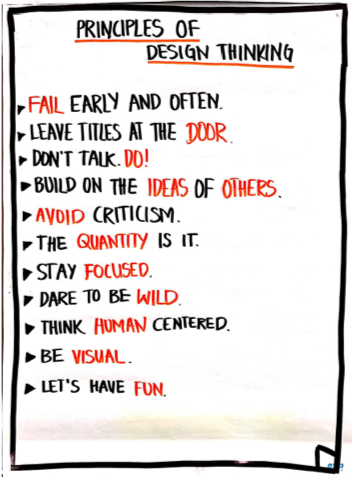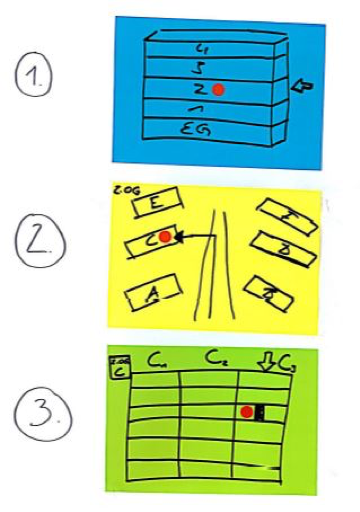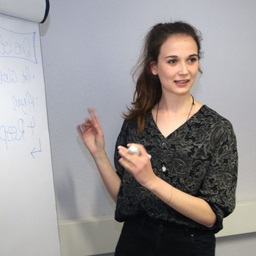Recently, my colleague Heiko from the Product Management and I had the opportunity to give a Design Thinking workshop during the Jenaer Unternehmenstage at the Friedrich Schiller University. There, students had the chance to get to know various (local) companies and benefit from their experience and expertise, as well as to put into practice their previously acquired knowledge.
Design Thinking – a human-centred approach to solving every kind of complex problem
The great thing about our workshop was, that Design Thinking really fits to every context, every knowledge level, every professional background, and every kind of complex problem. The productivity of this method derives from a structured approach, subdivided into six phases, which puts the user needs in the focus of the development of innovative ideas. Everyone can benefit from this method, may it be during a roadmap process to identify new features, to create a new onboarding process during a hackathon, or – as in this case – in the context of the university.
Fail early and often, and dare to be wild!
Unlike in other seminars or lectures at the university, in our workshop we encouraged the students to make mistakes and to just try out new approaches. The premise of Design Thinking is to fail early and often, to just do, instead of endless contemplations – because this is how you learn the most.
With these principles in mind, we started to work on the following design challenge: how can the process of borrowing books in the university’s library be improved?
Since this problem was very realistic to the workshop’s participants, they could immediately contribute their own experiences, interview other students, and observe the process in reality, or try out the library’s app on their own.
Only after 4 hours of workshop session they came up with the great and innovative idea of integrating a map system to the library’s app, which navigates the students to the right library (in Jena we have various libraries for different disciplines), and helps the students find the book on the right bookshelf in the appropriate stock. As demonstrated in the prototype for the inhouse navigation * , first the right level is shown (1), then the relevant bookshelf is displayed (2), and even the exact place where the book is stored is highlighted (3).
Take aways of the workshop
The participation was really great, and due to the small group of only 10 attendees, everyone could contribute their ideas. One of the biggest learnings of the students was, that Design Thinking is a step-by-step process. You cannot just skip one phase by assuming that you already know what the user needs, and coming up with an idea too early. Instead, it’s important to take your time at the beginning to understand the problem in depth and put yourself in the position of the user.
What we as moderators definitely want to improve is the timeframe of the workshop: we noticed that 4 hours is just too short to go through all the 6 phases from understanding the design challenge to prototyping and testing. Next time, we will plan with at least one day. Maybe you want to join? 😉



